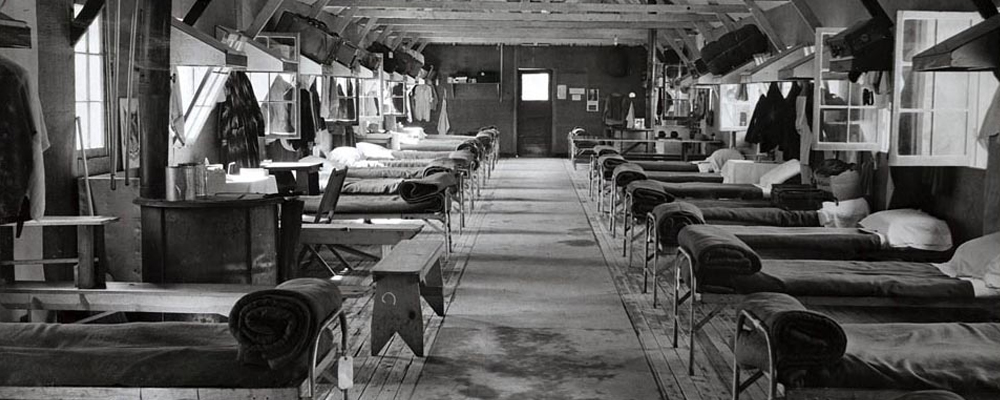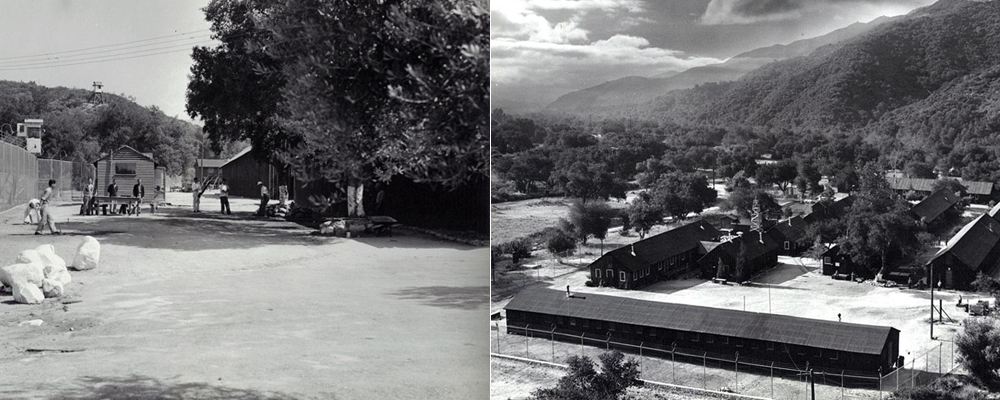‘Only the Oaks Remain’ Exhibit at JANM Revives Memory of Valley Internment Camp
Steve Silkin
The name of Manzanar is emblazoned as one of shame and regret in U.S. history. It was an internment camp for Japanese-Americans during World War II, and it’s in the foothills between Los Angeles and the Sierra Nevadas – Angelenos pass it on their way to weekend skiing. But much less known is the Tuna Canyon Detention Station in the Tujunga area of LA’s San Fernando Valley. That’s where those targeted as “dangerous enemy aliens” were imprisoned during World War II, in violation of every freedom guaranteed in the Bill of Rights. The detainees included not only Japanese-Americans, but members of the German and Italian immigrant communities. Many were leaders of their communities, including businesspeople, clergy and educators.
“Only the Oaks Remain” is the Japanese American National Museum’s collection of photographs, letters, diaries and declassified government documents detailing the arrest and detention of innocent civilians at Tuna Canyon, and the winter-spring exhibit is timely for two significant reasons. First, and most obviously, because President-Elect Donald Trump campaigned on a platform of registering Muslims, which was the first step in the Tuna Canyon detention process. Second, the Los Angeles Times set off a firestorm of controversy by publishing letters from readers who defended the mass detentions at Manzanar and other camps, even though the United States officially apologized – under conservative President Ronald Reagan – and acknowledged that the program was the result of racist paranoia.
The exhibit also features an Honor Wall that displays the name of each known detainee. This chapter of the mass detentions, because it features a more disparate population – including Peruvian-Japanese and other Latin Americans – than usually discussed, is especially noteworthy because it examines the differences and similarities of the groups under suspicion. “The display encourages present and future generations to learn from our nation’s mistakes,” explains the museum’s program notes.
The exhibition also includes a March 4 panel discussion on “The Women of Tuna Canyon Detention Station,” which will examine the hardships and struggles of those left behind when their husbands and fathers were imprisoned.
The Tuna Canyon site itself has been designated a cultural monument, and preservationists are working toward opening it as a memorial that will feature plaques and other educational elements along a walking path lined with the mature oak trees that were there when the internment took place. “Only the Oaks Remain” is an interesting title for the exhibit, because it’s apparently not so – the stupidity and groundless suspicion that led to the detentions are also still alive today.
“Only the Oaks Remain” is Dec. 10 – April 9 at the Japanese American National Museum, 100 N. Central Ave., Downtown Los Angeles.



